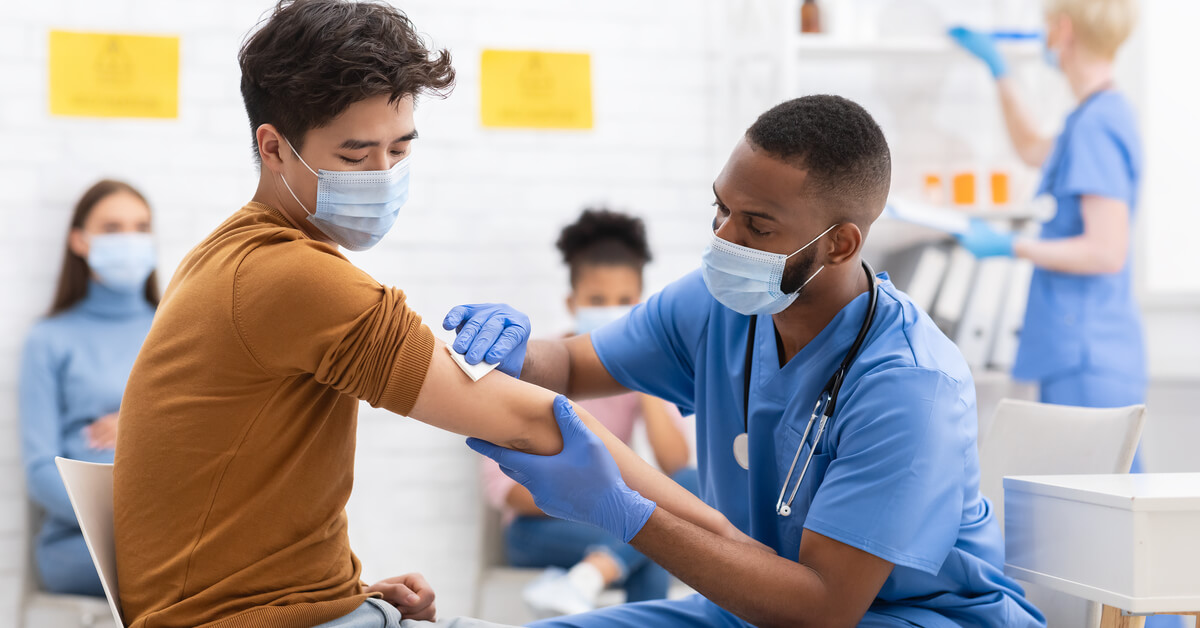One of my close relatives took the Sinopharm Chinese state vaccine over Christmas. Part of the calculation behind this was it made sense to boost the immune response and create antibodies, even if it was not totally effective. Furthermore, major political figures were taking it, governments in other countries were approving it, so it must have some safety profile. That actually made sense to me even though weeks later the Chinese government in a two-sentence announcement revealed that it was no more than 79% effective. It made me wonder. What would schools think if their Chinese students arrived with a Sinopharm vaccination certificate next year? Would governments accept low efficacy vaccination certificates instead of PCR tests for airport entry? Would schools do the same? This kind of issue has already arrived in our daily life. As a perfect example of the kind of thing one should not do, I actually asked a nurse I know in our building during a shared elevator ride, whether she had received the vaccine: when she replied that she was actually about to that very afternoon, I followed up with “which one?”, as if I had a right to her personal medical file, and…
Vaccines and Variants: What Are The Implications for Schools? | 5 Min Read


